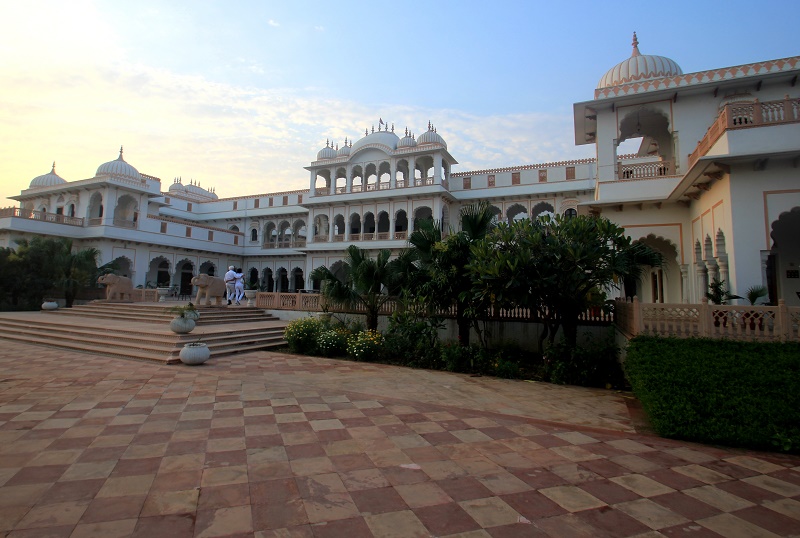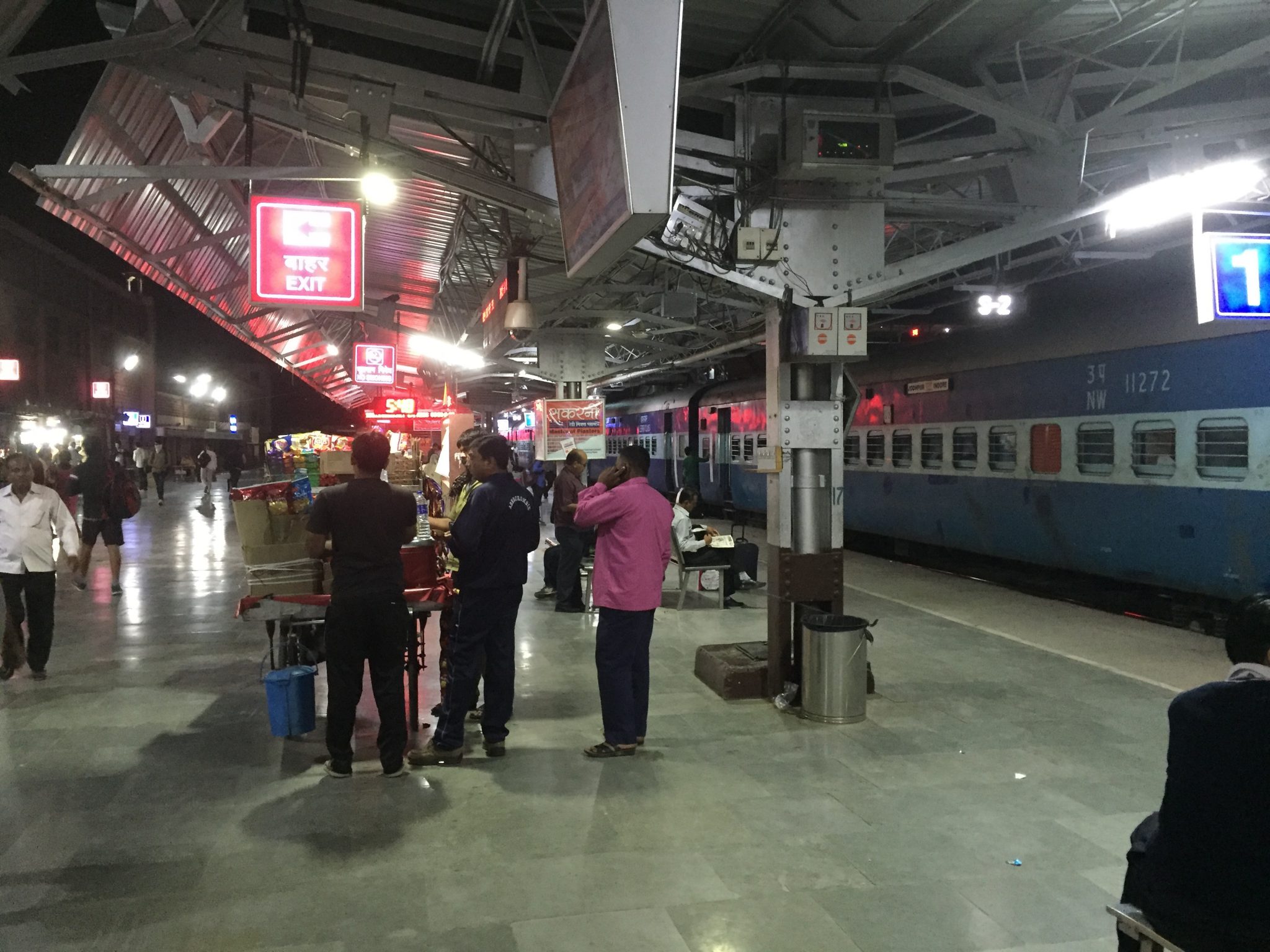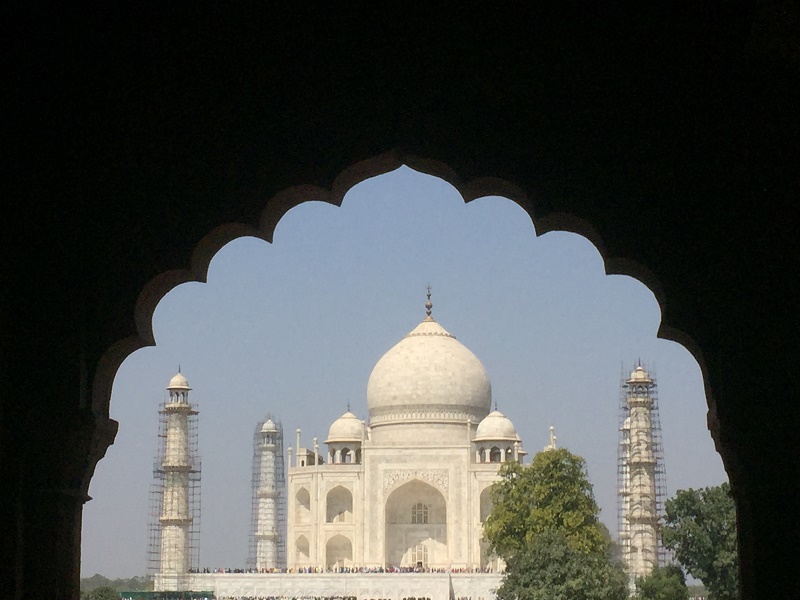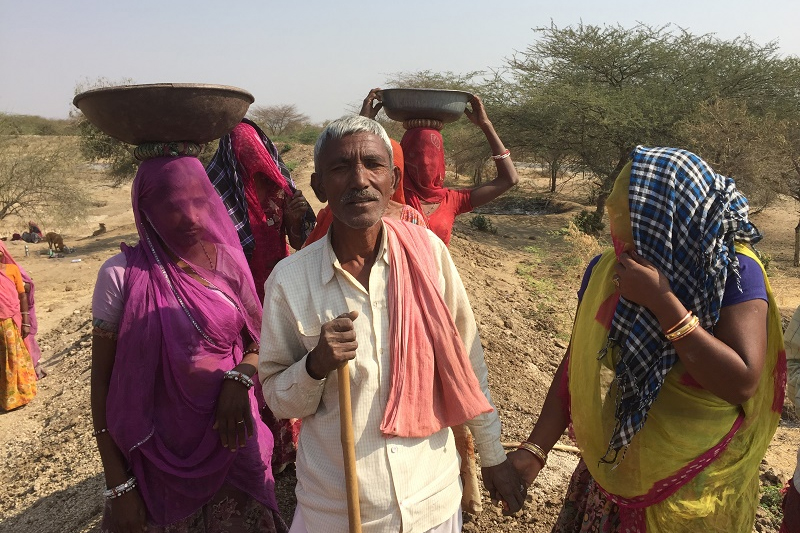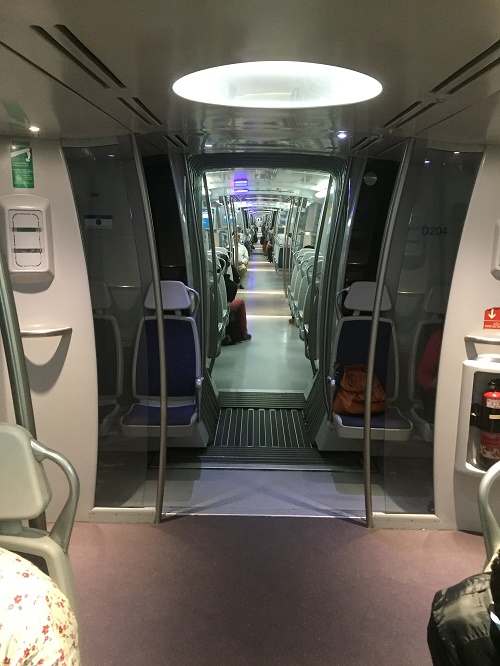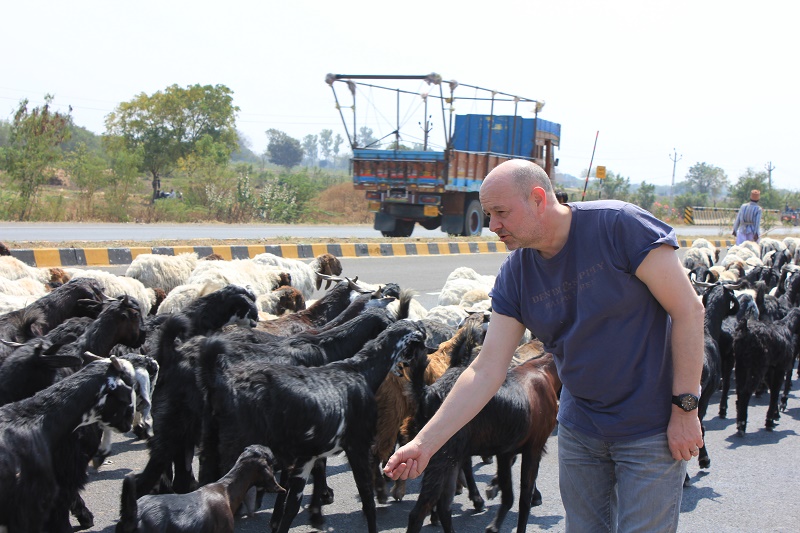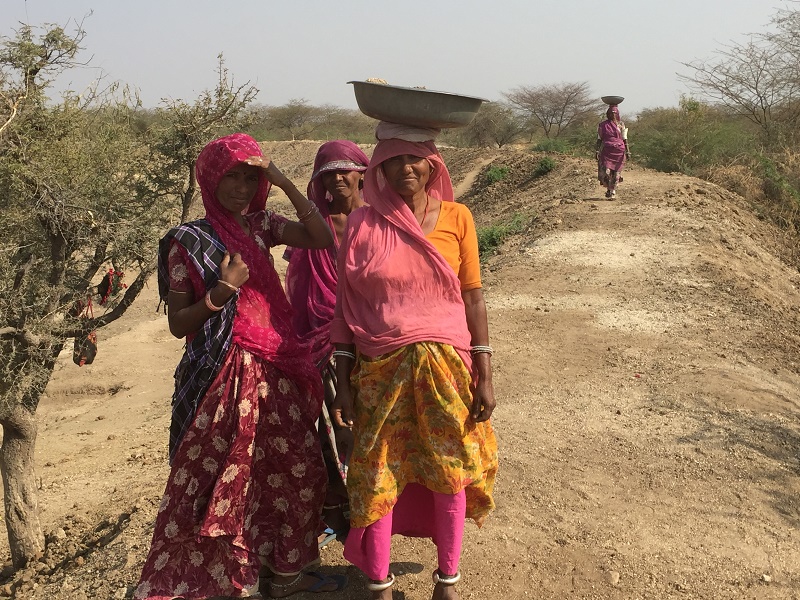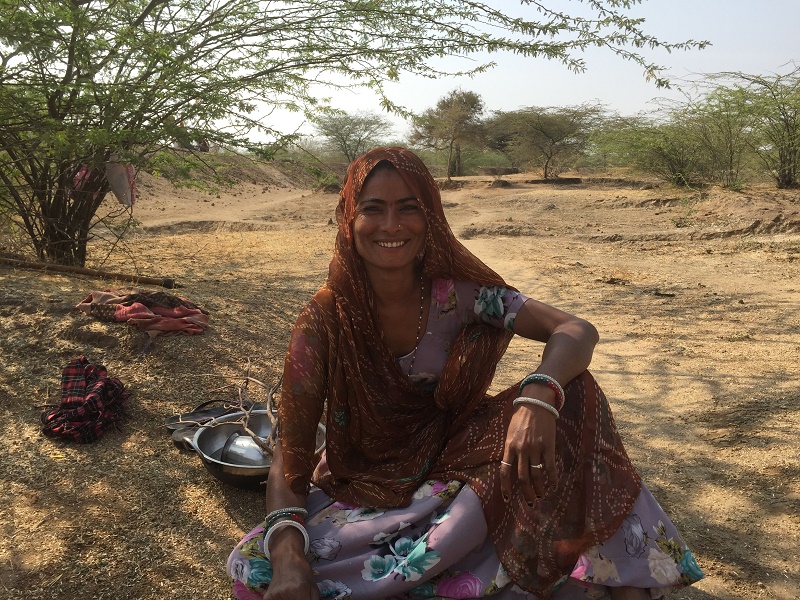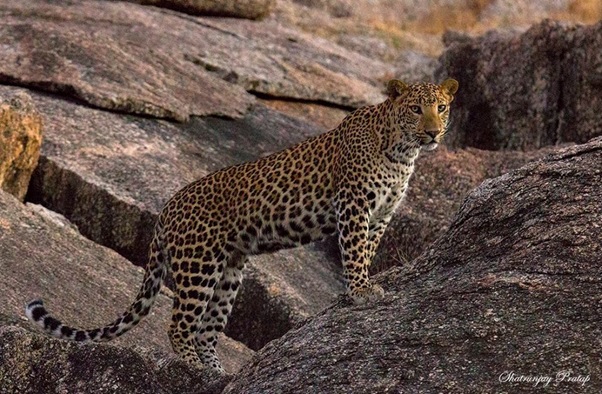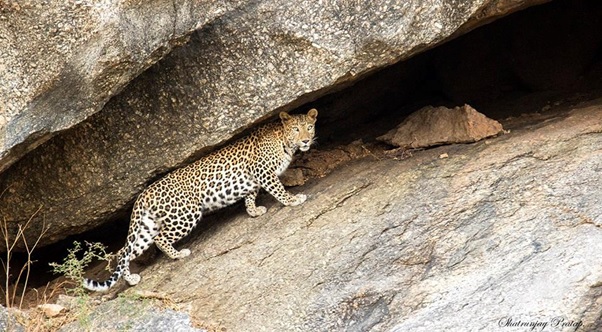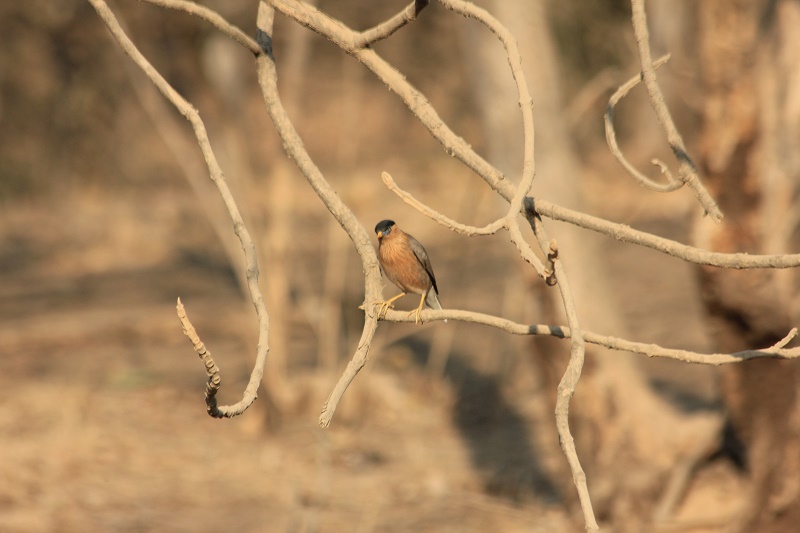Simon from WILDFOOT spent his summer taking part in an Indian wildlife holiday. Throughout his journey, he recorded his highlights for you to peruse on the WILDFOOT blog. In this update, Simon finishes his adventures in Keoladeo Park and boards a train to Ranthambore.
Part 10
As I finish my day at the Keoladeo Park, I soon look forward to my accommodation. Laxmi Vilas is a mid-standard property and close to the National Park. There are two parts, an older original part which has been built on to in recent years whilst keeping the same Heritage style.
The property was once a haveli – a kind of local manor house for heads of the village or area in years gone by. Some of these turn to ruin because of a lack of funding, but some are turned into small and quirky guesthouses and hotels like the Laxmi. This haveli is particularly attractive due to the National Park on its doorstep, and I am pleased to spend the night here before I awake for my journey to Ranthambore.
The next morning, I embark on my five-hour journey. There are air-conditioned seats and beds, which are particularly useful for those wishing to travel overnight. I have enjoyed all of my train journeys in India so far, as I find that each one is a real social occasion offering the chance to meet diverse Indian personalities.
The journeys are also an opportunity to share food and discussion if the language allows. On more than one occasion, passengers have wanted to share whatever local delicacy they have been enjoying, so I take my seat and await my next culinary experience on my journey to Ranthambore.
In Simon’s next instalment, he will explore the Ranthambore National Park. If you are interested in following in Simon’s footsteps and taking part in your own Indian wildlife holiday, rely on WILDFOOT, the luxury travel company, to arrange everything you need for the adventure of a lifetime. In addition to organising flights, accommodation and transfers, we work closely with our partners around the world to deliver authentic, intimate wildlife experiences for you to enjoy.
